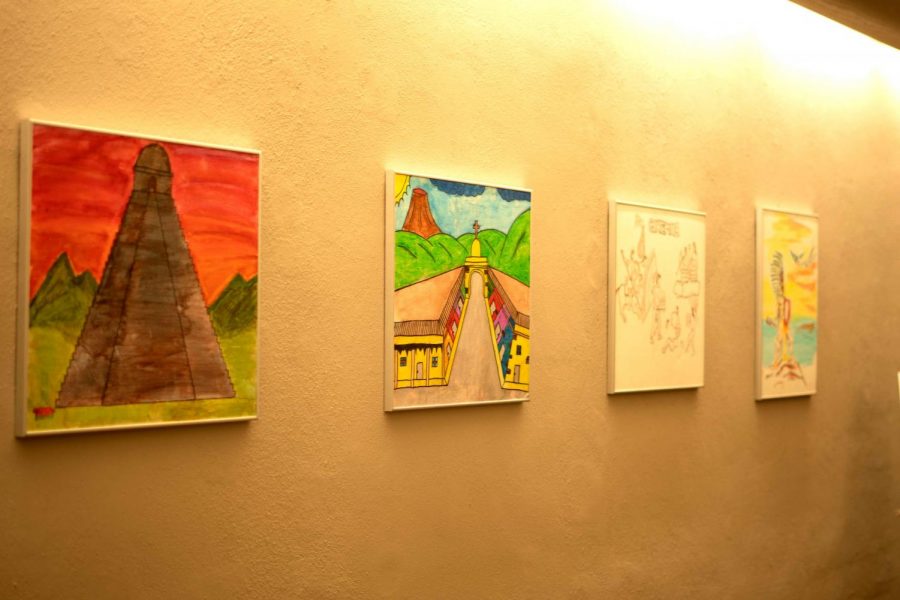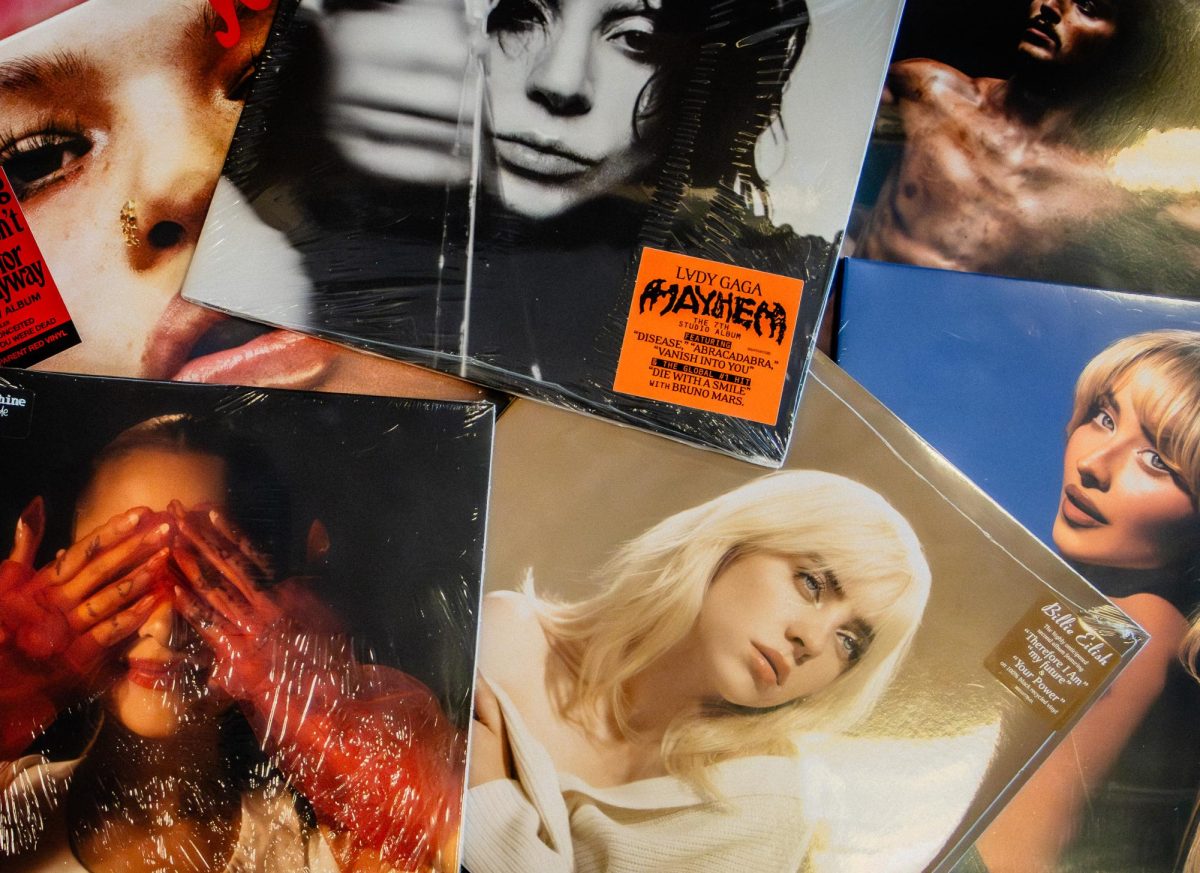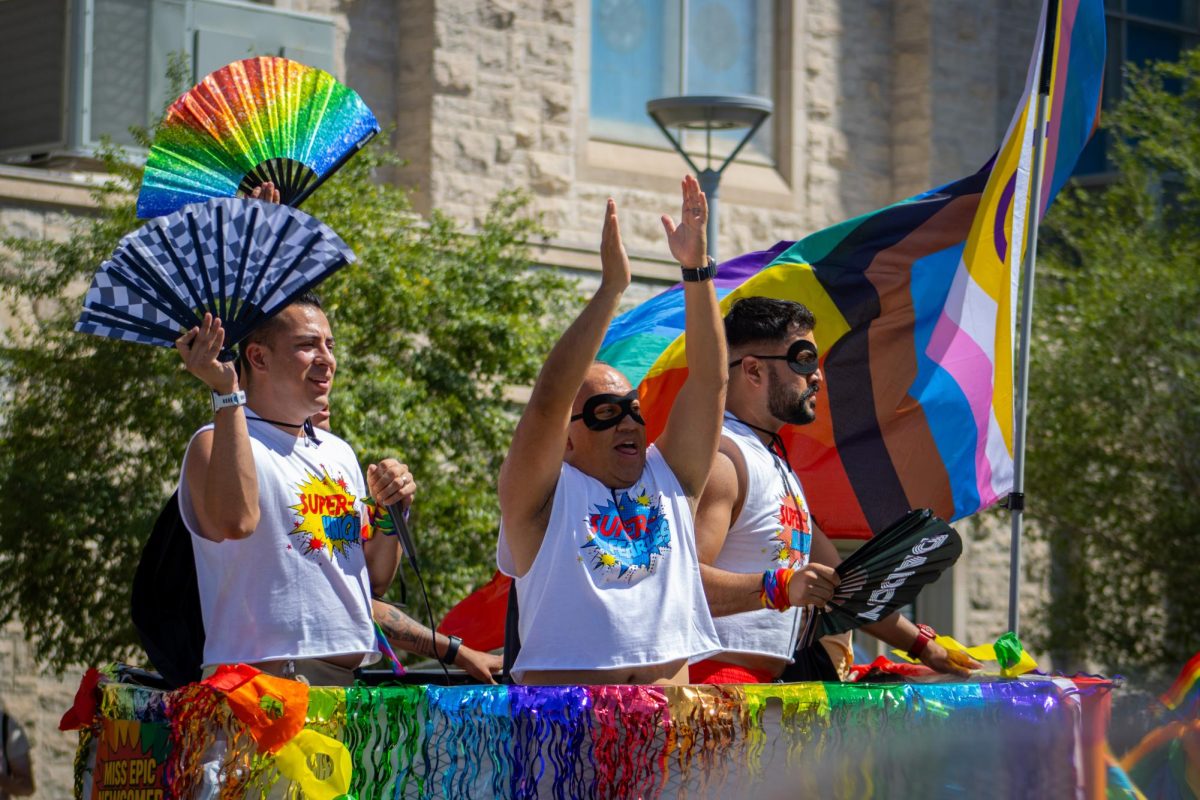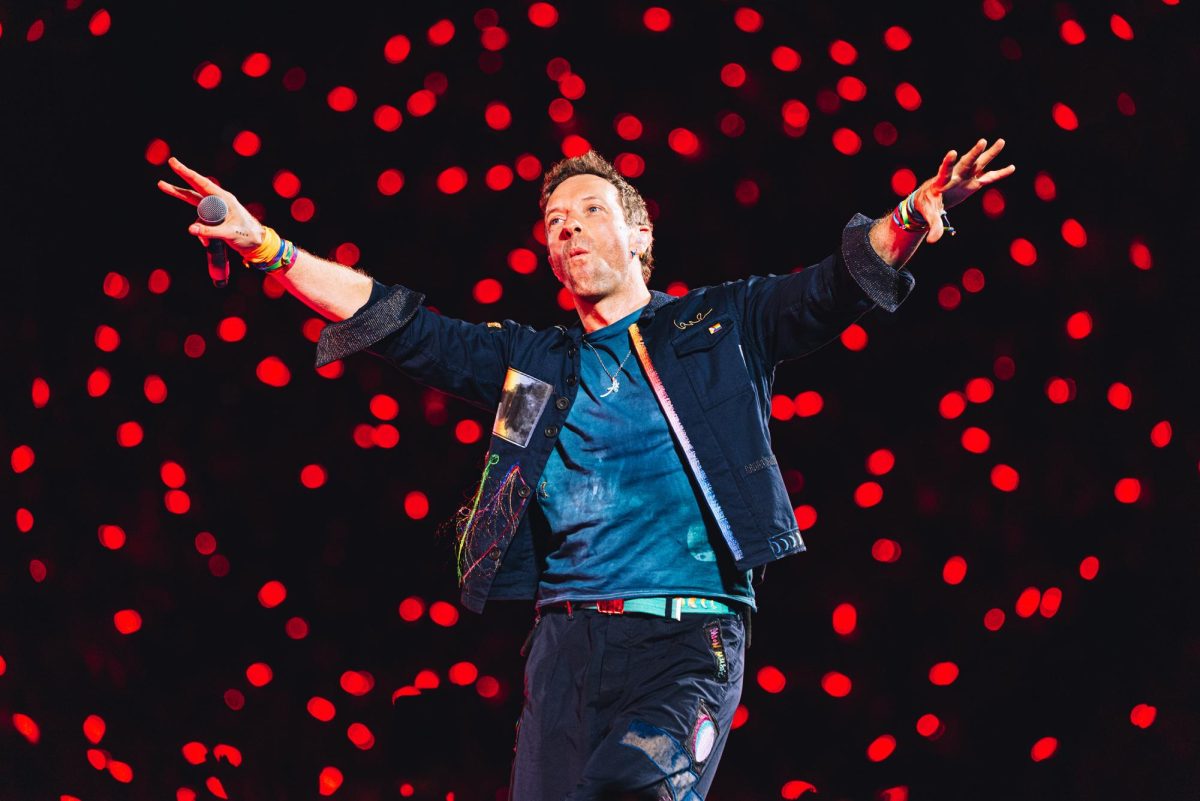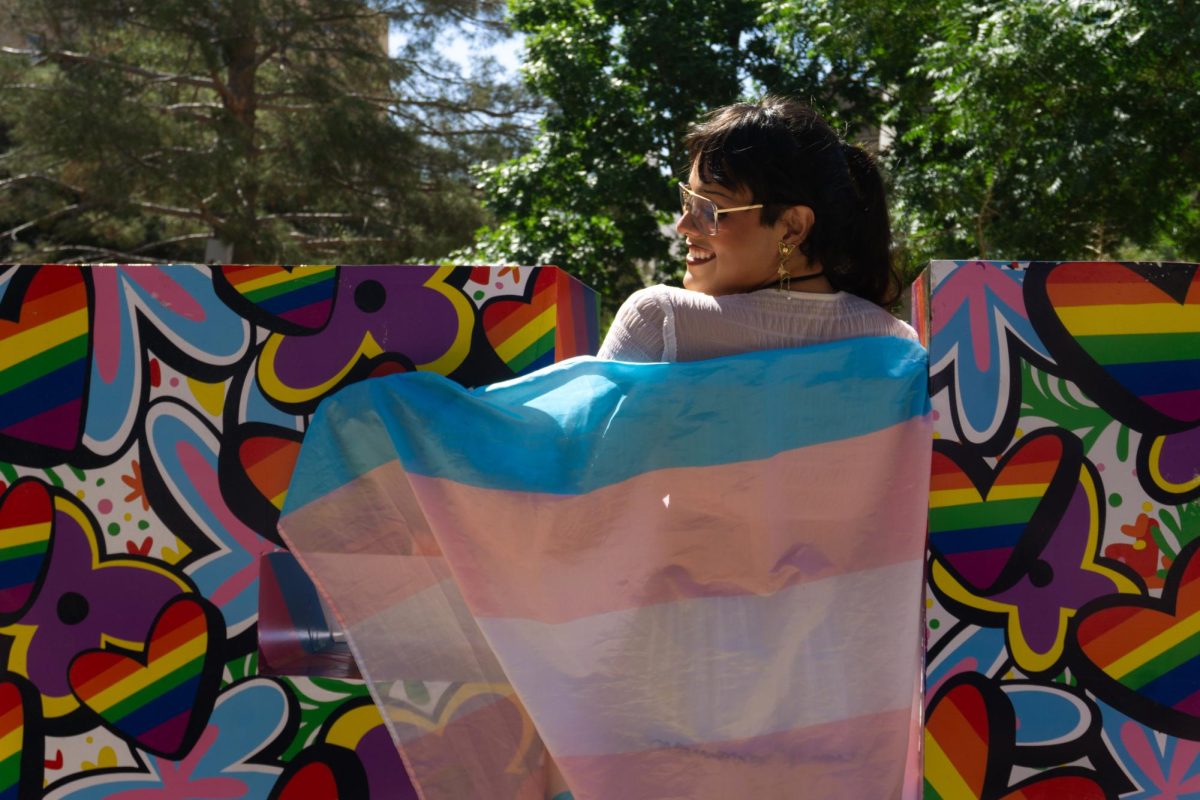The UTEP Centennial Museum hosted a special reception Saturday, April 13, for its most recent exhibition “Uncaged Art,” an art collection created by the children who were held in the immigrant detention center in Tornillo, Texas.
In June 2018, the Trump administration built a detention center for immigrant children in Tornillo, located 40 miles away from El Paso.
At the beginning of June, close to 300 minors were held in detention and during the following months the center held more than 3,000 children and adolescents as part of President Trump’s “zero tolerance” policy.
In January, the detention center in Tornillo closed its doors.
UTEP President Dr. Diana Natalicio, the Dean of the College of Liberal Arts Denis O’Hearn and a 17-year-old Honduran migrant who lived in the detention center in Tornillo (who goes by Freddy) were among the special guests at the reception.
The exhibition showcases 29 art pieces out of a 400-piece collection the children created as part of a four-day art project according to Dr. Yolanda Chavez Leyva, director of the Institute of Oral History and curator of the exhibit.
“This is the children’s creations from their experience. It started with 400 pieces of art and then, from those 400, the staff chose 40 and they built an exhibit for the staff within the camp. Out of those 40, we got 29,” Chavez Leyva said.
Paintings of birds, drawings and 3D sculptures representing places from their hometown, are some of the works featured in the exhibition. The exhibit was housed in a plastic tent with a barbed wire fence in an attempt to recreate the appearance of the detention center.
“We know very little about this project. It was over a four-day project. There were teachers there and they wanted to have the kids to do something that would raise their spirit,” said Daniel Carey-Whalen, director of the Centennial Museum. “And one of the dominant things is the Quetzal. There’s a saying one of the children had said that a Quetzal cannot be caged. So apparently if you try to put the bird in the cage it will die.
“‘Uncaged art,’ we have this idea that it’s just the perfect symbol for these children that even though they were in this detention camp – they rose above it, to some extent, then you can see the human spirit come out in these works of art,” Carey-Whalen said.
According to Carey-Whalen, putting up an exhibition takes about a year in advance of the opening date. The museum had “Uncaged Art” ready in a span of three months.
“I saw it as a great opportunity. Museums are always talking about being relevant and this exhibit, I think is going to be a great opportunity for the community,” Carey-Whalen said. “I thought we had to do it. We even talked about it, three months isn’t enough time to do an exhibit. So we thought to postpone it until later in the next year and it was like ‘no, this is relevant now’ and I think is very important for museums to take on current issues.”
Sacred Heart Catholic Church’s priest Fr. Rafael Garcia was one of the priests that gave mass at the detention center and after the center was ready to close down, he called Chavez Leyva in an attempt to preserve the art made by the children.
“They were going to throw away all this art. (Fr. Garcia) asked a staff member ‘If I can find someone that can preserve It and show it, can you donate it to them?’ and they said yes, so within two days they brought me all this art,” Chavez Leyva said.
Freddy was held at detention centers for more than three months. He spent two months in the Tornillo detention center and one more in a detention center in Arlington, Texas.
“I decided to come to the U.S. because I noticed the situation of violence and hunger crisis in my country and I decided to risk my life and risk everything. It was a hard trip with a lot of difficulties along the way, but thank God I made it,” he said.
During his testimony, Freddy spoke about his days in the detention center.
“It was a difficult time for me because I didn’t have my parents with me. They made me go through things no one should have to go through,” he said. “I was 16 at the time and I was desperate and anguished. There were children who were five, seven or eight years old at the center and I can’t imagine how they could’ve felt.”
Even though he was released before the art project at the center took place, he shared his experience of seeing the artwork by the children.
“I’m proud and sad at the same time, to know that the children painted great representations from their home countries. Even when their paintings represent joy, behind that painting there’s a desperate child, a child who wants to be set free,” Freddy said
“Uncaged Art” is located on the first floor of the Centennial Museum and will run through Oct. 5.

